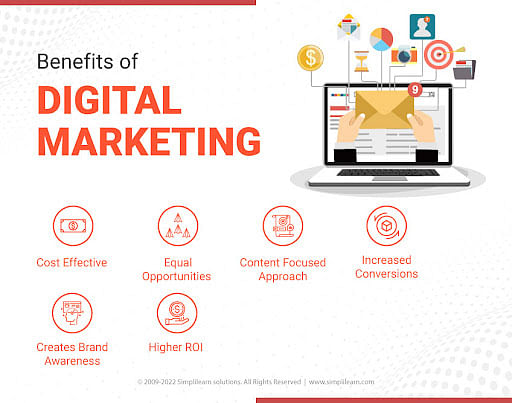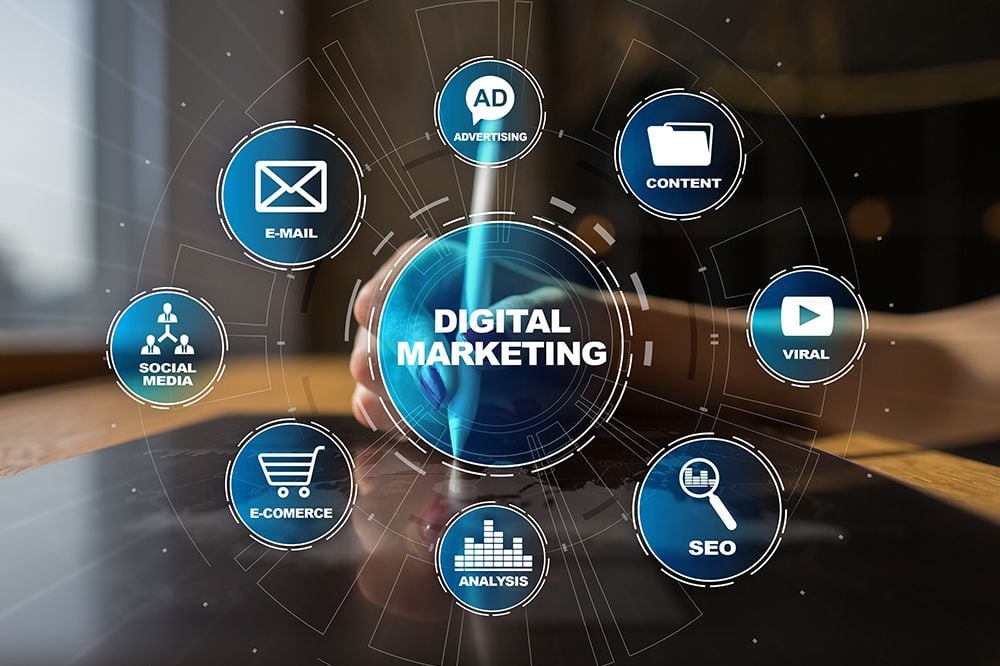Enhance Individual Experience and Drive Traffic With Responsive Internet Layout
In today's digital landscape, where users are accessing web sites from a wide range of devices, receptive web style has actually come to be a lot more essential than ever before. With its ability to adapt and perfectly readjust to various display dimensions, receptive layout not only boosts individual experience but additionally drives traffic to your internet site.
Why Responsive Website Design Matters
Receptive website design is an important element of modern internet development because of its capacity to make certain optimal individual experience throughout numerous tools and display dimensions. With the expansion of smart devices, tablet computers, and other mobile phones, it has actually become vital for sites to adapt and supply smooth capability regardless of the gadget being used.
The key reason why receptive web layout issues is that it enables individuals to have a pleasurable and constant surfing experience, no matter the gadget they are utilizing. A receptive site automatically readjusts its material, design, and design aspects to fit the screen dimension and resolution of the device, making certain that users can quickly interact and navigate with the web site without any kind of inconvenience or aggravation.
Additionally, receptive website design likewise plays a substantial function in seo (SEO) Online search engine, such as Google, focus on web sites that are receptive and mobile-friendly in their search outcomes. By incorporating receptive design principles, sites can improve their exposure and ranking, bring about raised natural traffic and possible customers.

Boosting User Involvement Via Responsive Style
Optimizing user engagement is a crucial objective of responsive layout, as it ensures that users can easily accessibility and connect with web site material on any tool. With the increasing use smart devices and tablet computers, it is vital for internet sites to adjust to various screen sizes and resolutions. Responsive design makes it possible for websites to immediately change their design and material to give a seamless customer experience across gadgets.
Among the major means responsive design boosts customer interaction is by reducing load times. With a receptive internet site, users do not have to wait on separate mobile versions to lots, leading to much faster access to content. This better rate causes greater customer satisfaction and encourages them to invest more time on the website.
In addition, receptive layout improves user interaction by enhancing navigating and interface (The Ad Firm Web Design). When a web site is created responsively, buttons and food selections are optimized for touch communications, making it much easier for customers to connect and navigate with the website on their mobile phones. This user-friendly and instinctive experience keeps individuals involved and motivates them to check out more of the web site
Furthermore, responsive style permits for better web content visibility and readability. By adapting the format and typeface dimensions to various devices, responsive websites guarantee that customers can quickly comprehend the web content and review. This enhances individual involvement by decreasing the requirement for zooming or scrolling to read the message.
Increasing Internet Site Website Traffic With Responsive Website Design
With the expanding popularity of mobile phones, having a website that is receptive to different display sizes and resolutions is necessary for driving boosted website traffic. In today's digital landscape, customers are accessing internet sites from a selection of gadgets such as mobile phones, tablets, and desktop. Each of these devices has various screen dimensions and resolutions, and if your internet site is not made to adjust to these variants, it can lead to an inadequate customer experience and a loss of potential website traffic.
Receptive internet layout ensures that your website looks and operates ideally throughout all gadgets. By utilizing adaptable grids, liquid photos, and media queries, responsive style allows your site to immediately change its format, web content, and navigation to fit any type of screen dimension. This implies that users will have a seamless browsing experience no matter whether they are using check out here a little smartphone or a large desktop computer system.
Key Elements of Effective Receptive Layout
Effective responsive design incorporates several vital components that make sure a smooth user experience throughout different gadgets. This enables material to be presented in a readable and visually attractive manner on any type of device.
An additional important aspect is media questions. These allow developers to use different styles and formats based upon the features of the user's tool, such as display size and alignment. By utilizing media questions, designers can enhance the presentation of content for each and every tool, making sure that it is understandable and easily obtainable.
Receptive images are likewise crucial in efficient responsive layout. Pictures that are also huge can decrease web page tons times on smart phones, while photos that are also small may show up pixelated on larger displays. By utilizing methods such as receptive picture look at this web-site resizing and lazy loading, developers can ensure that photos are properly sized and optimized for each and every gadget.
Last but not least, efficient responsive layout includes a mobile-first technique. This means creating and prioritizing web content for smart phones initially, and afterwards broadening and improving the layout for bigger screens. This method guarantees that one of the most essential material is quickly obtainable on smaller sized displays, while still providing a rich experience on larger devices.
Ideal Practices for Applying Responsive Website Design
Applying receptive website design calls for mindful consideration of various finest methods to make sure an optimal customer experience across different devices. Here are some key finest techniques to adhere to when executing receptive website design.
Firstly, it is vital to focus on mobile customers. With the boosting prominence of smart phones, developing for mobile-first has ended up being necessary. Begin by creating for smaller sized screens and after that gradually boost the layout for larger displays.

Another crucial finest technique is to enhance photos for different screen resolutions. Huge photos can decrease the packing time of your site, especially on mobile phones with slower links. Use responsive images that can be resized based on the tool's screen resolution to improve efficiency.
Furthermore, test your internet site on different tools and display dimensions to guarantee a constant and seamless experience. There are numerous screening devices offered browse around this site that can help you identify any issues and make needed changes.
Lastly, prioritize usability and access. Guarantee that your internet site is very easy to navigate, with succinct and clear content. Make sure that your web site is easily accessible to individuals with handicaps and follows ease of access standards.
Conclusion
In conclusion, receptive web design plays a vital role in boosting user experience and driving website traffic to sites. By adopting receptive layout concepts, websites can ensure optimum checking out experiences across different gadgets, leading to boosted customer interaction.
Enhancing individual involvement is a key objective of responsive design, as it makes certain that customers can easily accessibility and connect with site material on any type of gadget. Receptive style enables websites to immediately adjust their design and material to offer a seamless user experience across tools.
Furthermore, responsive layout enhances customer interaction by improving navigating and user interface.Responsive pictures are additionally essential in efficient receptive style. By taking on receptive layout principles, internet sites can guarantee optimal viewing experiences throughout different tools, leading to raised customer interaction.